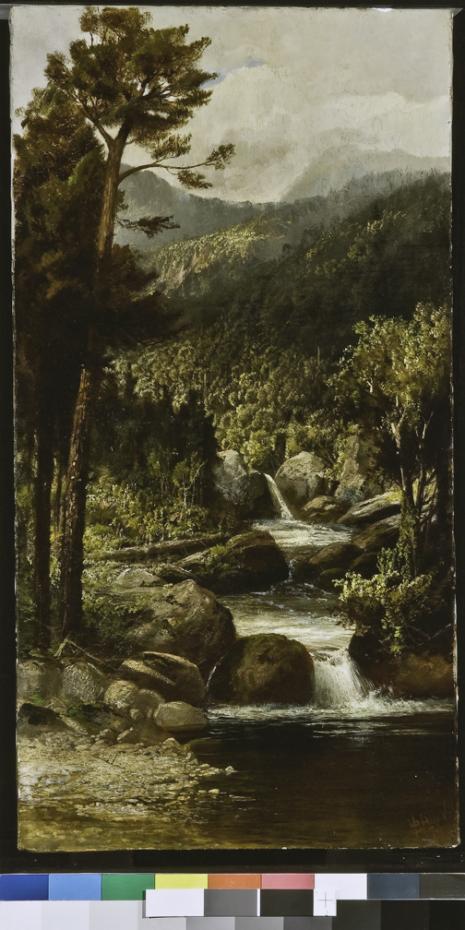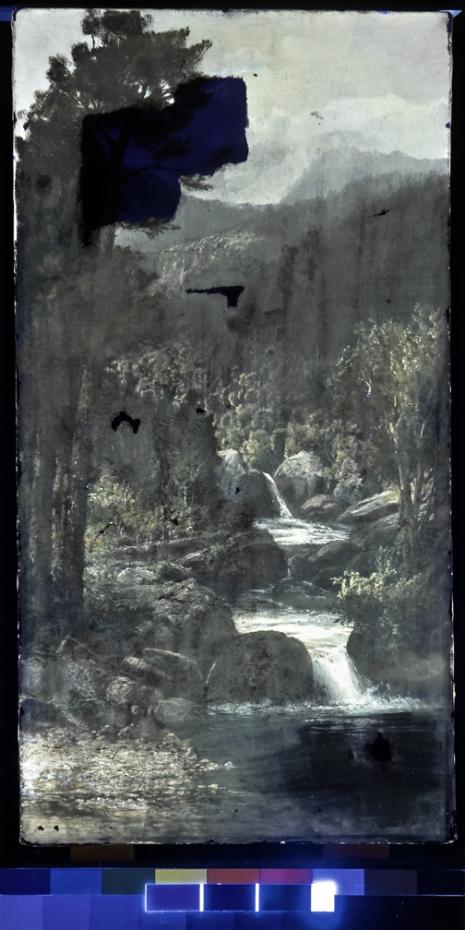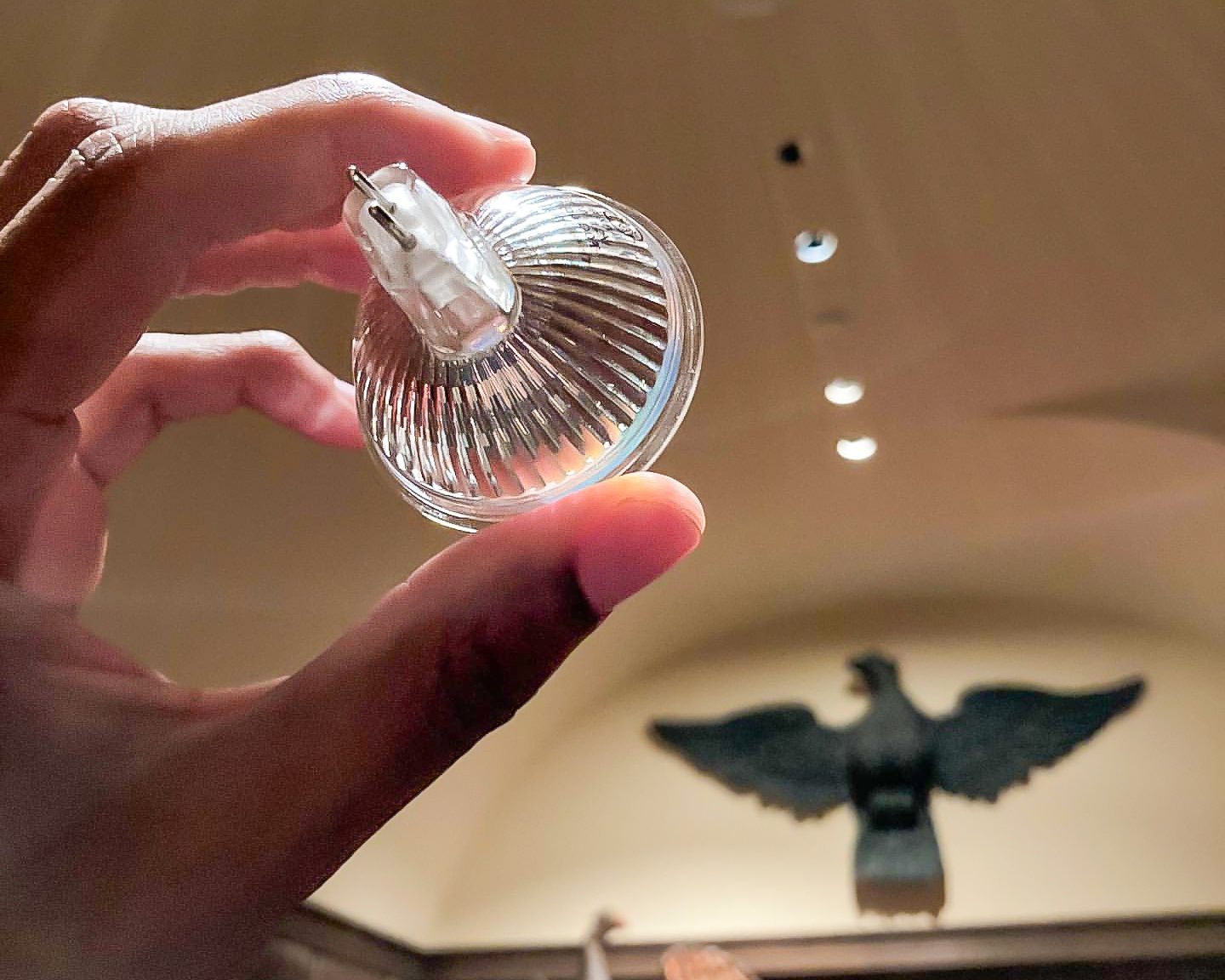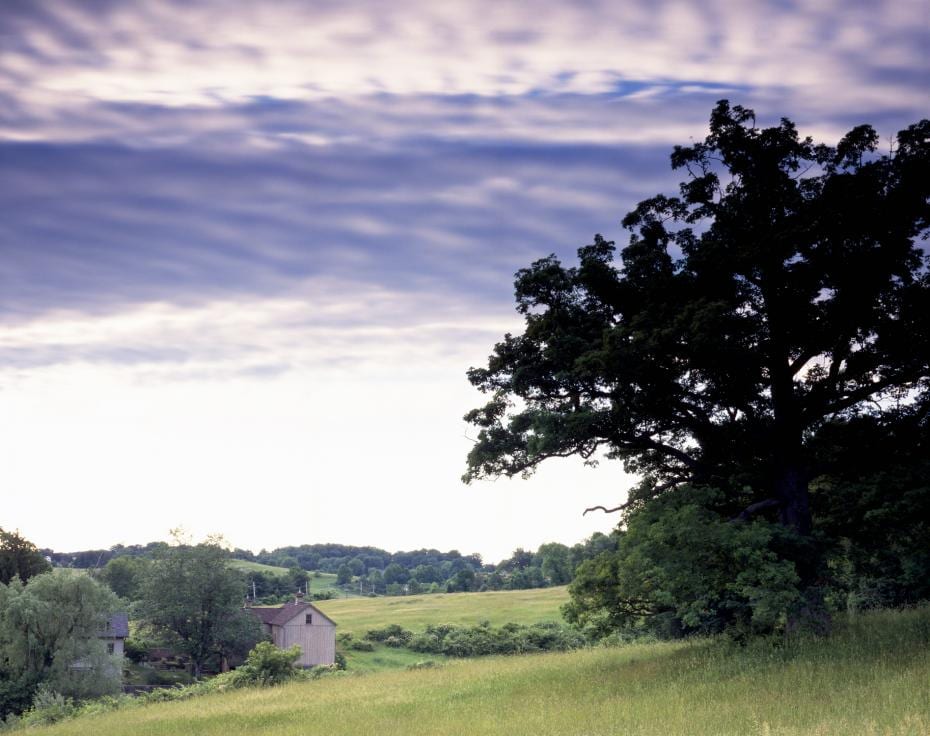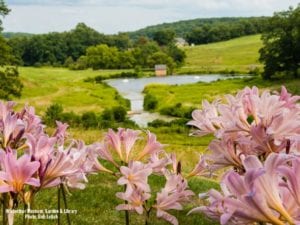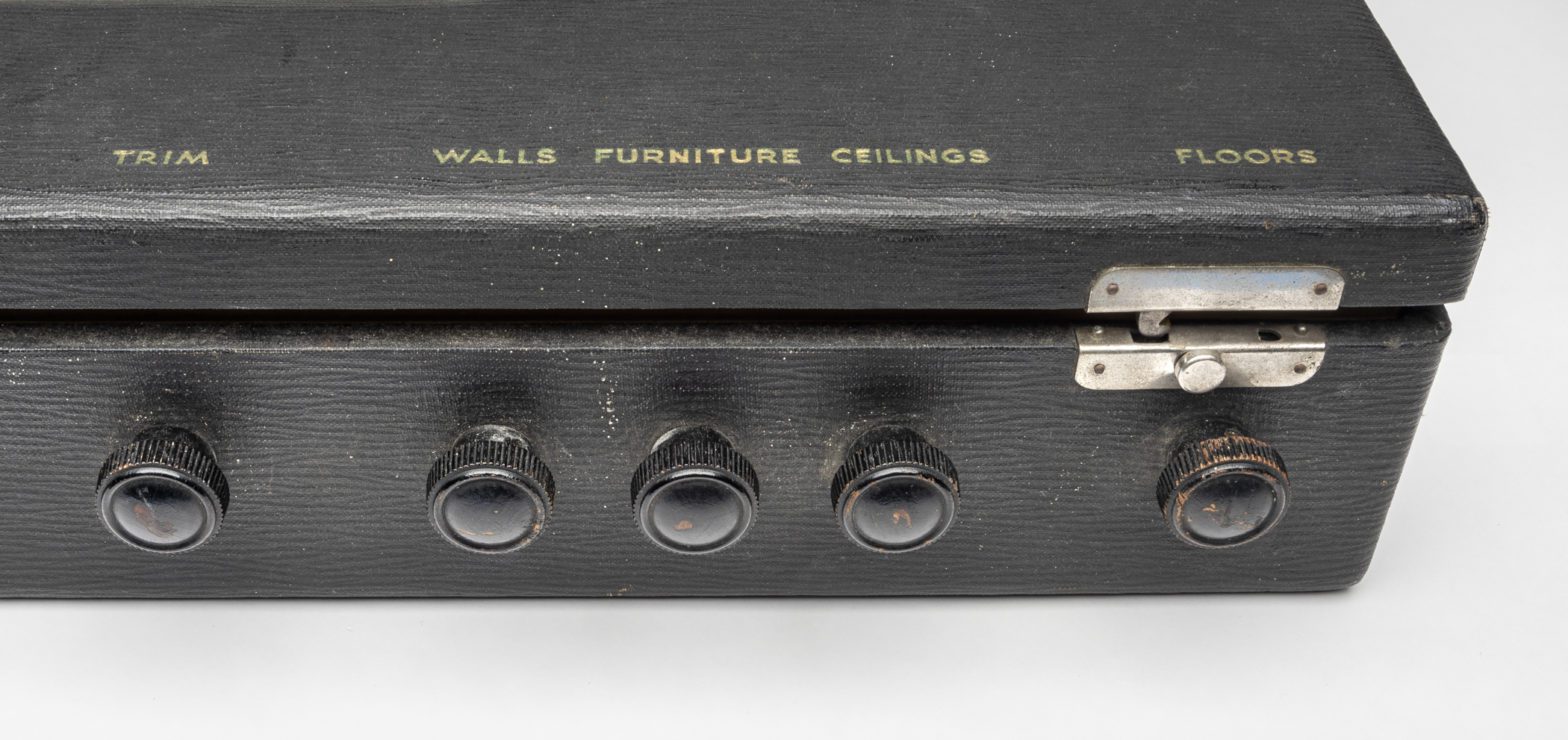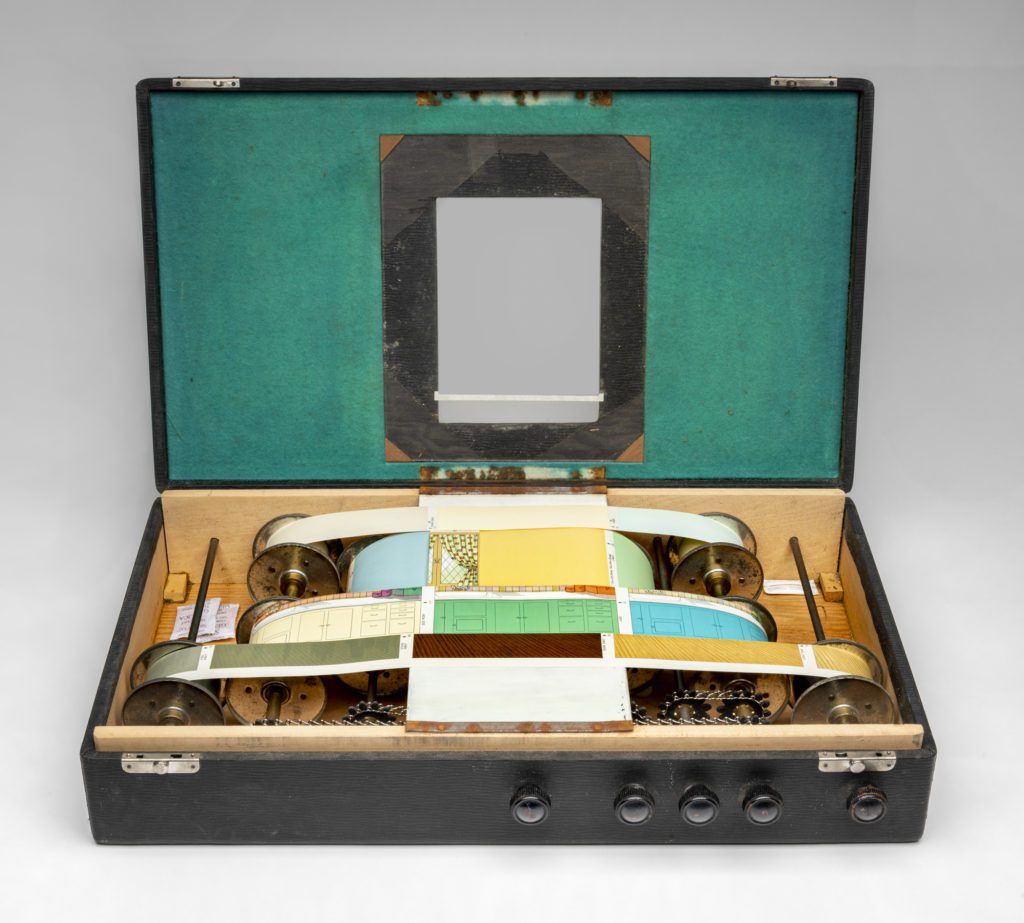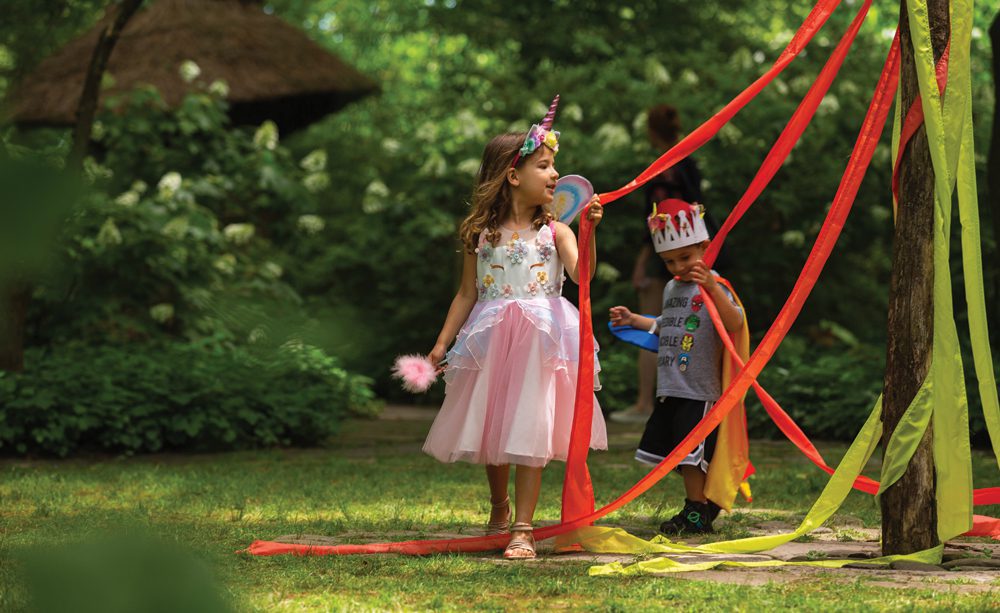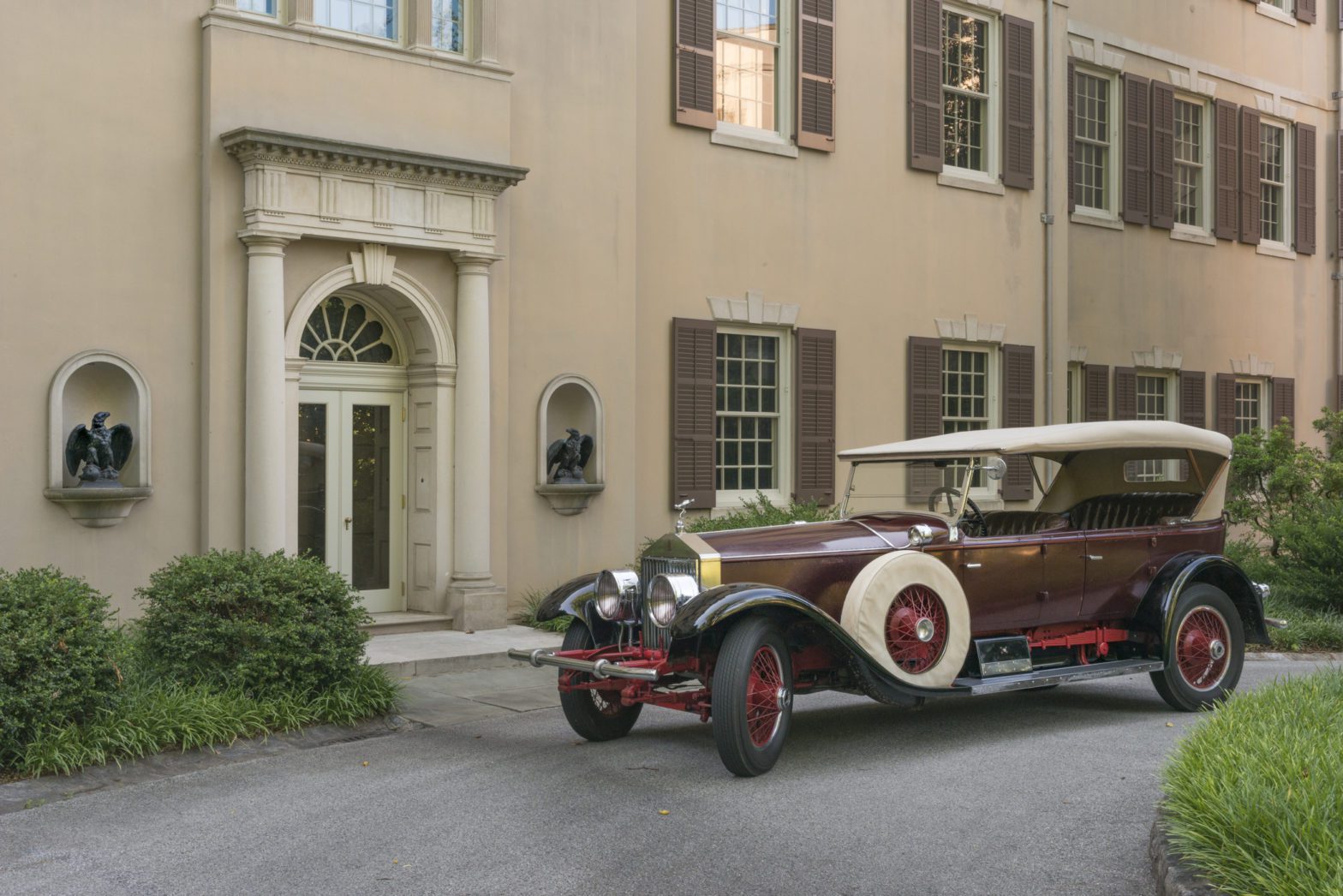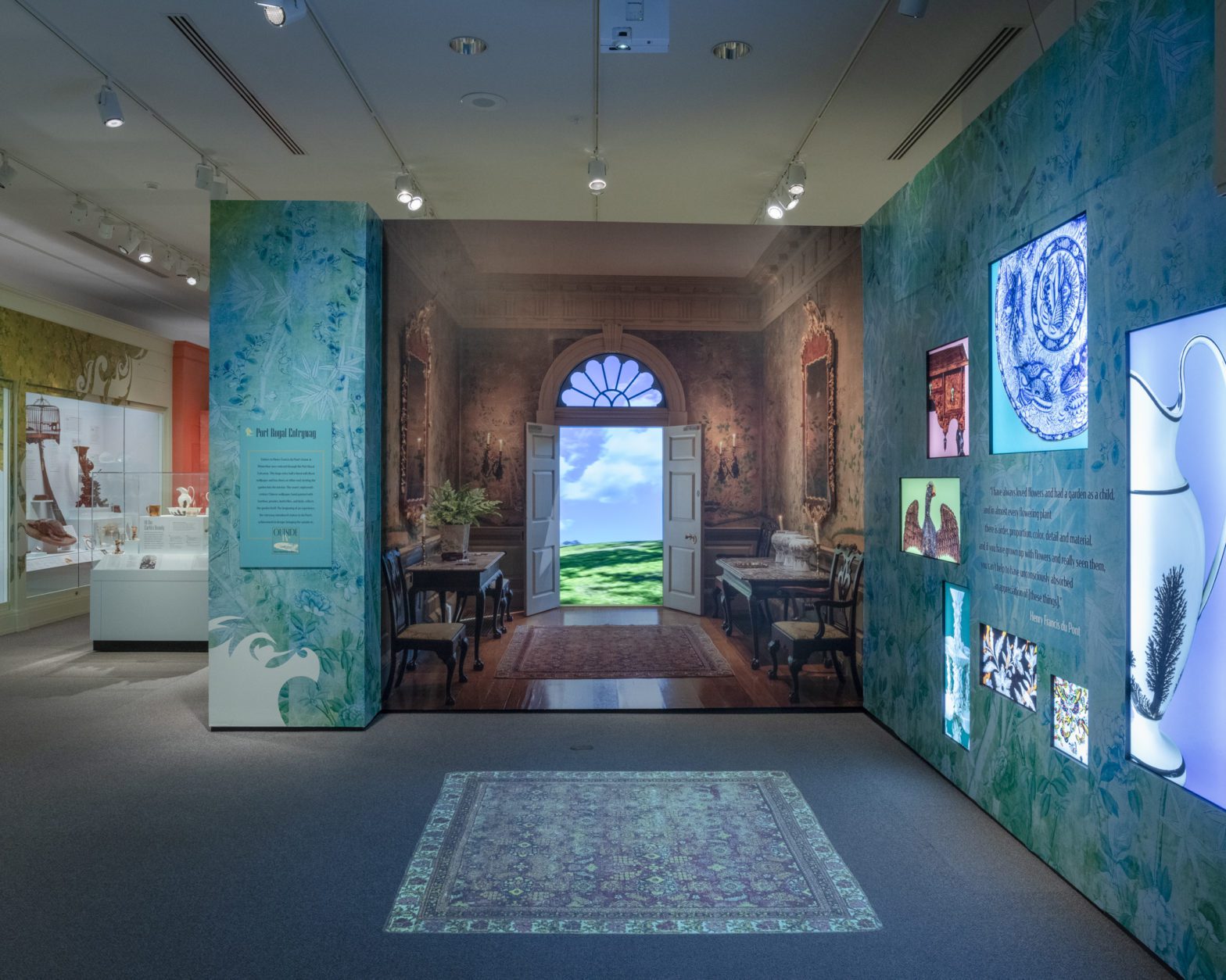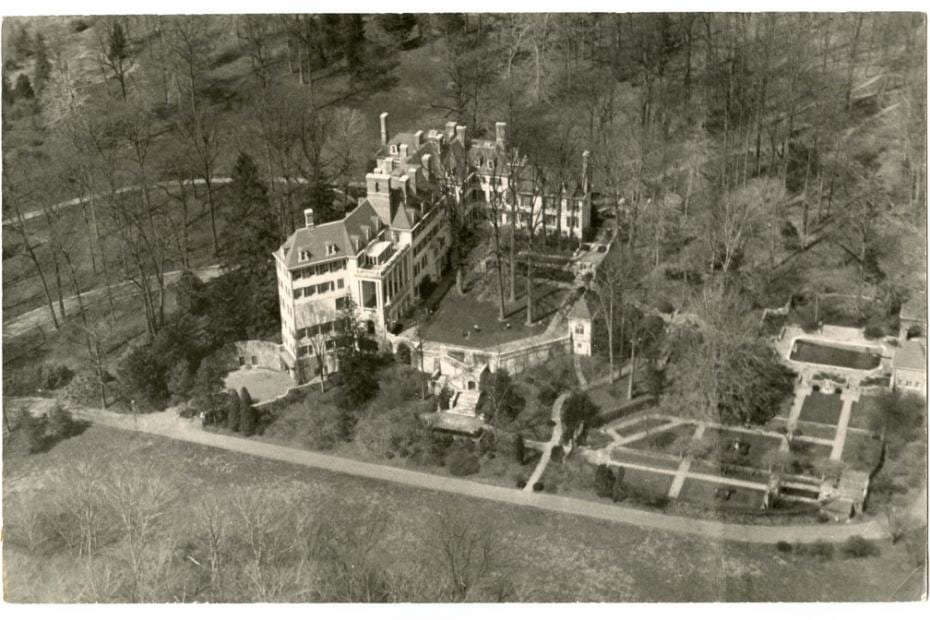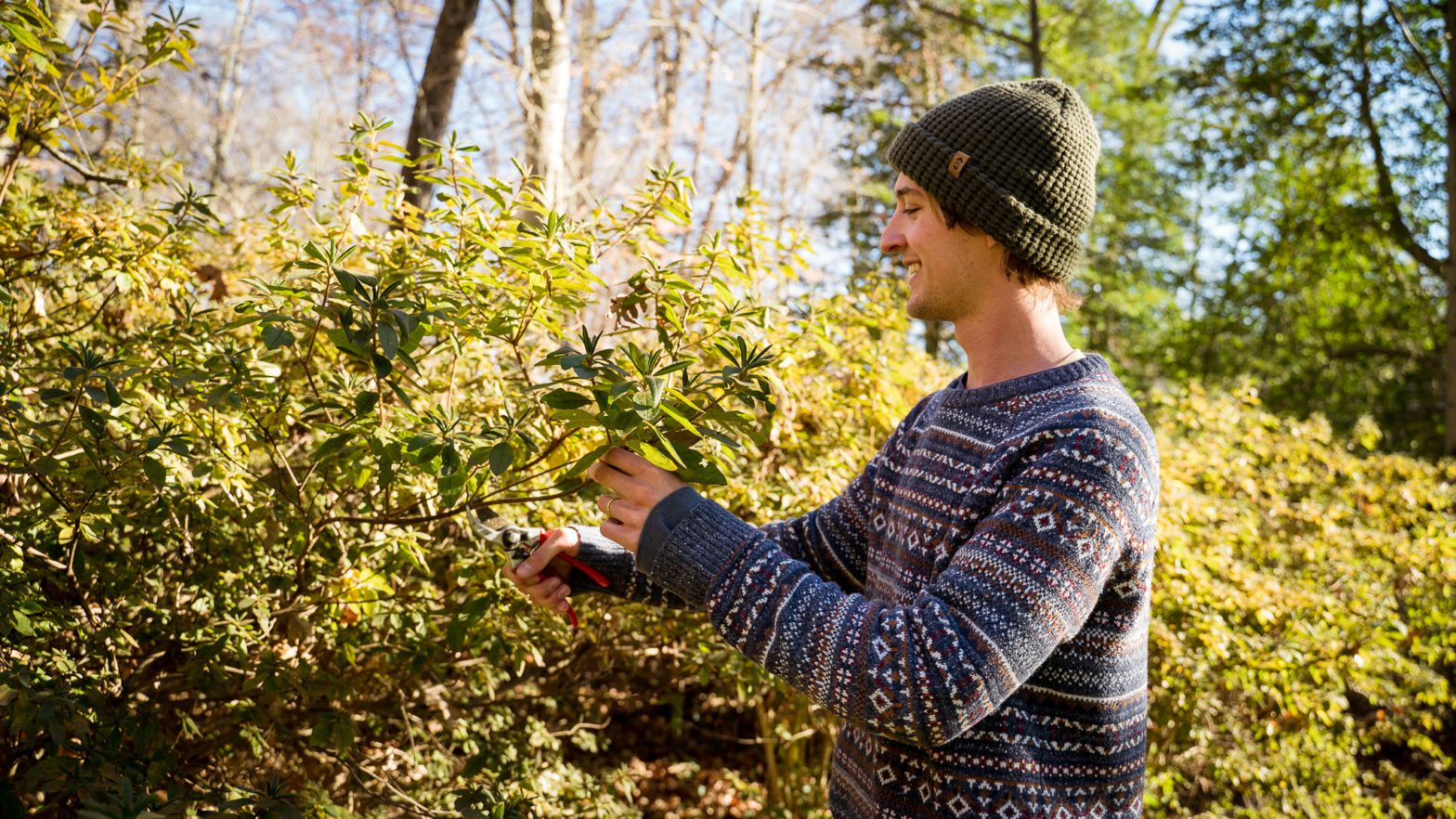Relax with an online puzzle!
Jigsaw Puzzles
Each month we will debut two new digital jigsaw puzzles, featuring photos from Winterthur’s iconic rooms, rare objects and gorgeous gardens!
How to use the jigsaw puzzle
The toolbar at the top gives you three options: the first adds or removes pieces from the screen, the second allows you to only see the edge pieces, the third allows you to preview the completed picture. If you want to modify the puzzle, hit the menu bar in the upper left corner and hit ‘modify this puzzle.’ Three options will pop up in the center of your screen: the first increases the number of pieces to make the puzzle more challenging, the second rotates the pieces, and the third changes the background color. If you have further questions, click the question mark in the upper right corner of the screen and a screen with a few tips and tidbits will pop up. Enjoy puzzling!
May 2020 – Peonies
Puzzle #1 Puzzle #2
June 2020 – Primroses in the Quarry Garden
Puzzle #1 Puzzle #2
July 2020 – Winterthur Barns
Puzzle #1 Puzzle #2
August 2020 – Resurrection Lillys
Puzzle #1 Puzzle #2
September 2020 – Butterflies
Puzzle #1 Puzzle #2
October 2020 – Fall Berries and Meadows
Puzzle #1 Puzzle #2
November 2020 – Fall Colors on Upper Pond and Autumn Woodland
Puzzle #1 Puzzle #2
December 2020 – A Festive Chinese Parlor and a Snow-Draped Cut Leaf Maple
Puzzle #1 Puzzle #2
January 2021 – The Pinetum on a Snowy Day and a Painted and Flocked Wallcovering (detail)
Puzzle #1 Puzzle #2
February 2021 – Sheep and Valentine (detail)
Puzzle #1 Puzzle #2
March 2021 – Glory of the Snow and du Pont Dining Room (detail)
Puzzle #1 Puzzle #2
April 2021 – Daffodil’s signaling spring at Winterthur
Puzzle #1 Puzzle #2
May 2021 – Dogwood blossom and Azaleas
Puzzle #1 Puzzle #2
June 2021 – Enchanted Woods Cottage and Children at Enchanted Woods
Puzzle #1 Puzzle #2
July 2021 – Koi in Their Pond and Hydrangeas
Puzzle #1 Puzzle #2
August 2021 – Cardinal Flower and Indian Cup
Puzzle #1 Puzzle #2
September 2021 – Anemone and golden bright Rudbeckia
Puzzle #1 Puzzle #2
October 2021 – Stone Arch and Wier
Puzzle #1 Puzzle #2
November 2021 – Fall Color
Puzzle #1 Puzzle #2
December 2021 – Dried-flower Tree and Spring’s First Flowers
Puzzle #1 Puzzle #2
January 2022 – Fine-feathered Friends and Ornate Imagery
Puzzle #1 Puzzle #2
February 2022 – Spring Snowflakes and Valentine Fan
Puzzle #1 Puzzle #2
March 2022 – Hellebore and Witch Hazel
Puzzle #1 Puzzle #2
April 2022 – Daffodils and Magnolia Bend
Puzzle #1 Puzzle #2
May 2022 – Peony and Azaleas
Puzzle #1 Puzzle #2
June 2022 – East Barn and Fairy at Enchanted Woods
Puzzle #1 Puzzle #2
July 2022 – Spicebush swallowtail and Winterthur waterway
Puzzle #1 Puzzle #2
August 2022 – Sunflower and Reflecting Pool
Puzzle #1 Puzzle #2
September 2022 – Anemone and Eagle
Puzzle #1 Puzzle #2
October 2022 – Autumn beckons and fall crocus
Puzzle #1 Puzzle #2
November 2022 – Camellia ‘Snow Flurry’ and Magnolia ‘Elizabeth’
Puzzle #1 Puzzle #2
December 2022 – Dreaming of a white Christmas and the colorful Dried-Flower Tree
Puzzle #1 Puzzle #2
January 2023 – Red-tailed hawk and meadow path in winter
Puzzle #1 Puzzle #2
February 2023 – Witch hazel and a valentine
Puzzle #1 Puzzle #2
March 2023 – Bloodroot and Japanese Pieris
Puzzle #1 Puzzle #2
April 2023 – Daffodils and Sargent cherry trees
Puzzle #1 Puzzle #2
May 2023 – Kousa dogwoods and Peonys
Puzzle #1 Puzzle #2
June 2023 – Azaleas and a fairy girl
Puzzle #1 Puzzle #2
July 2023 – Furled fern and hydrangea flowers
Puzzle #1 Puzzle #2
August 2023 – Butterfly and cockscomb
Puzzle #1 Puzzle #2
September 2023 – Yellowthroat warbles and crocuses
Puzzle #1 Puzzle #2
October 2023 – Costumed children and autumn leaves
Puzzle #1 Puzzle #2
November 2023 – Lower pond and woodland trees
Puzzle #1 Puzzle #2
December 2023 – Chinese Parlor and our Dried-Flower Tree
Puzzle #1 Puzzle #2
January 2024 – Pearlbush pods and a snowy lane
Puzzle #1 Puzzle #2
February 2024 – Amur Adonis and delicate snowflakes
Puzzle #1 Puzzle #2
March 2024 – Bloom print and swallowtail print
Puzzle #1 Puzzle #2
April 2024 – Cherry blossoms and the Sundial Garden
Puzzle #1 Puzzle #2
May 2024 – Azaleas and Point-to-Point fashion
Puzzle #1 Puzzle #2
June 2024 – Fairy girl and busy bee
Puzzle #1 Puzzle #2
July 2024 – Purple lilies and a basking turtle
Puzzle #1 Puzzle #2
August 2024 – Goldfinch on sunflowers and dazzling zinnias
Puzzle #1 Puzzle #2
September 2024 – Rudbeckias and Enchanted Woods
Puzzle #1 Puzzle #2
October 2024 – Sunlit autumn leaves and pumpkins at the greenhouse
Puzzle #1 Puzzle #2
Backgrounds for your Zoom calls
Now you can take your video calls from the elegant rooms of Winterthur or from our stunning gardens! Download the images below and follow the directions from Zoom on how to add a custom background to your call.
House
Garden
All Garden photos by Bob Leitch
Wallpapers for your desktop
